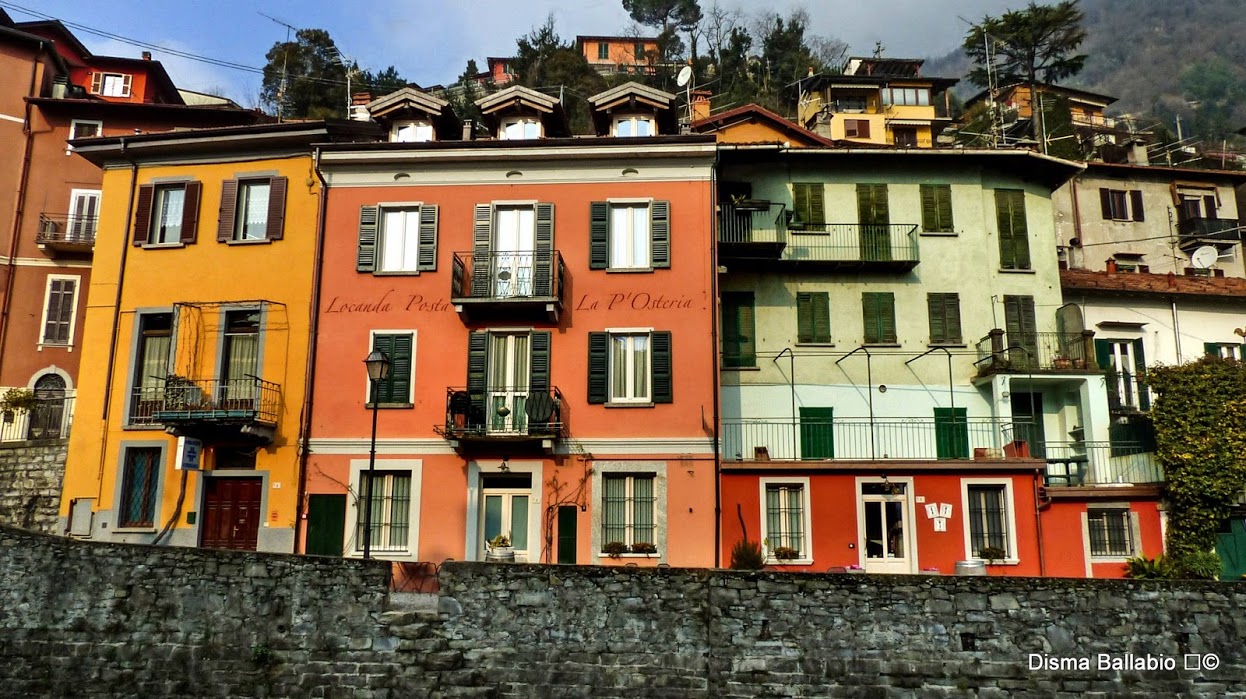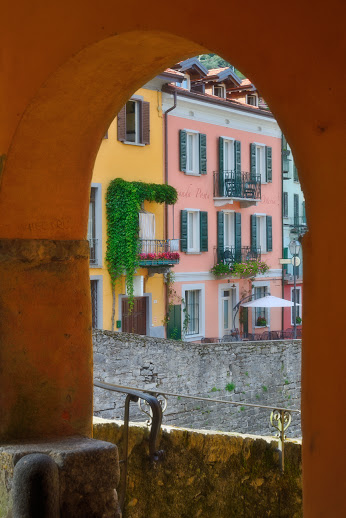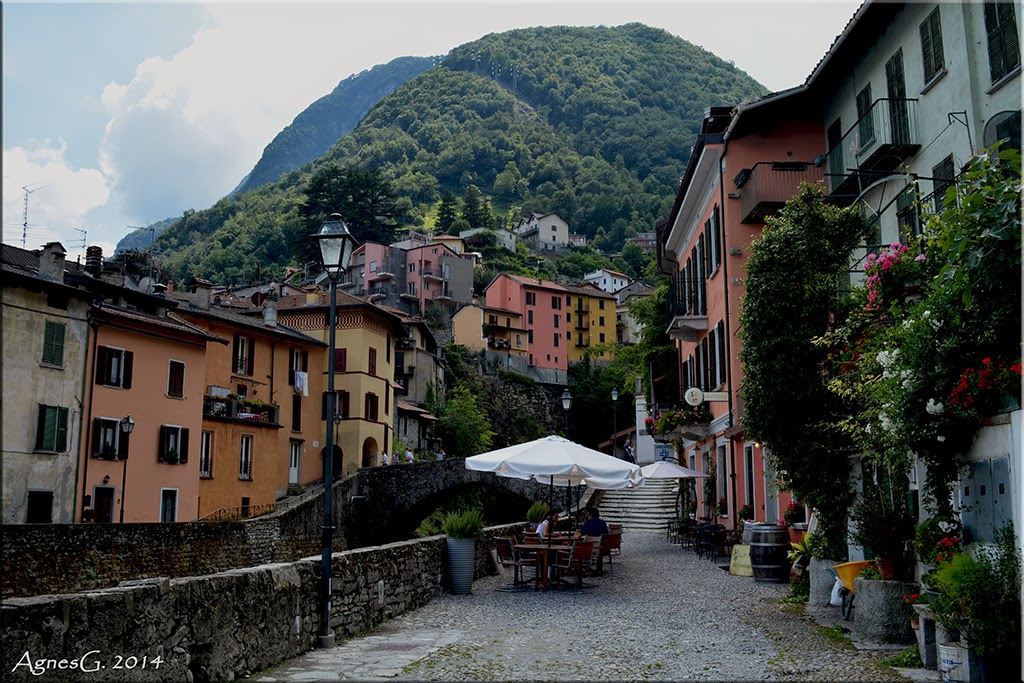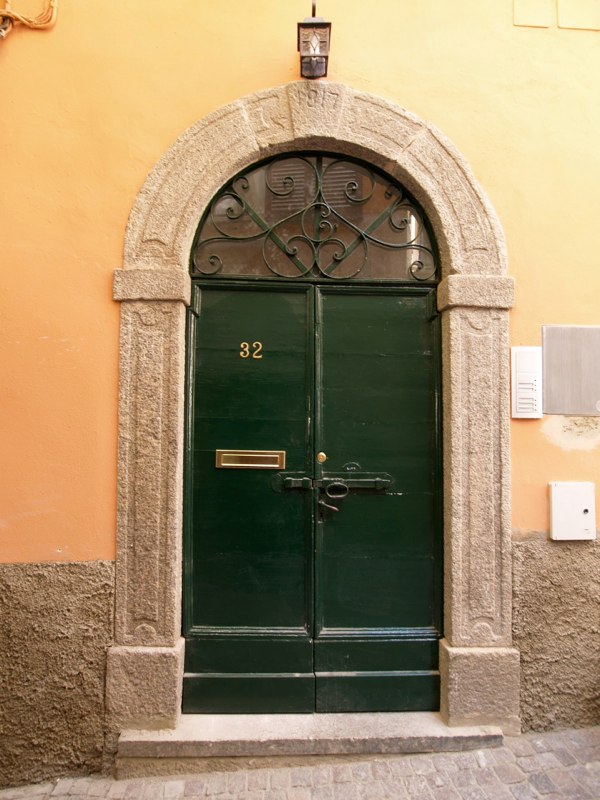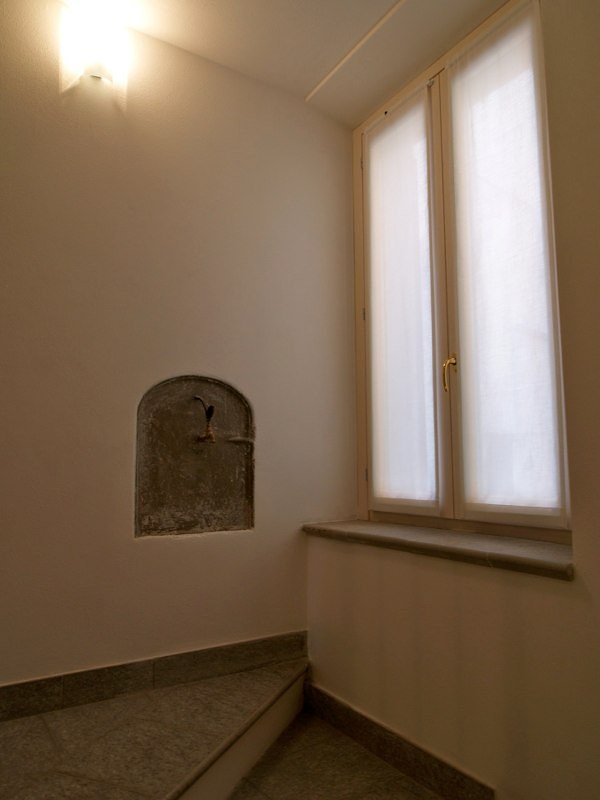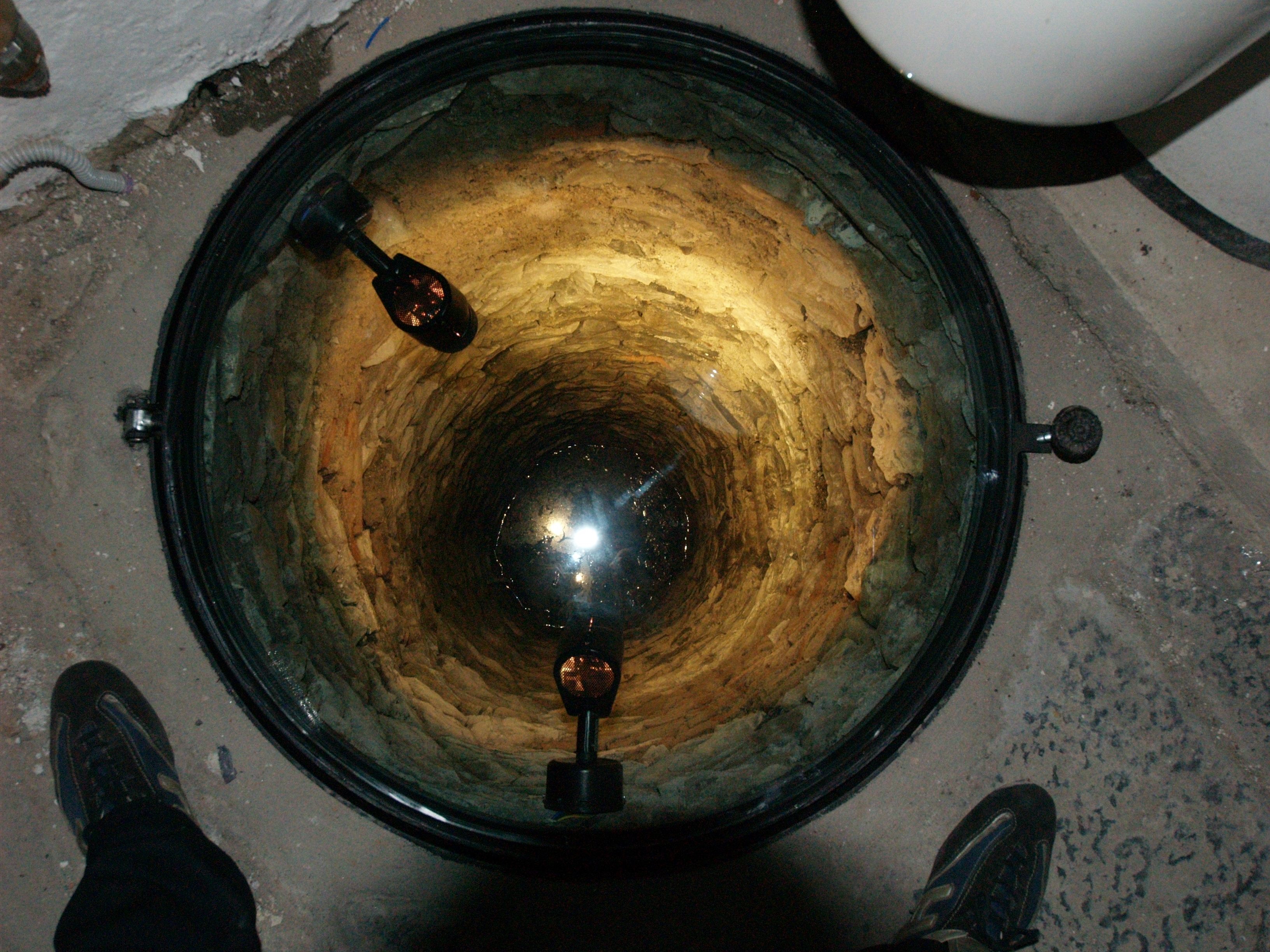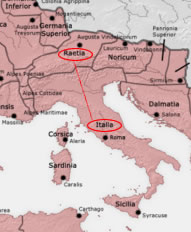
Argegno alongside the important Roman Trade Route named Via Regina




The village is certainly of Roman origin, as it owes its’ name to the consul Publio Cesio Archigene. Argegno has Roman origins, as they seem to demonstrate two tombstones found in Brienno, referred to Roman Publius Cesium Archigenes instructed to erect altars to the gods, from whom it seems to derive the name of the village. Set in a point of considerable strategic importance, the town has been since antiquity a fortified part of a wider defense system which extended as far as Lenno and the Isola Comacina to obstruct the passage of invaders. The ancient centre of the village is very picturesque. With the fall of Rome and the subsequent geopolitical instability in Italy a series of fortifications were constructed in the medieval period, including the arched bridge which still stands.
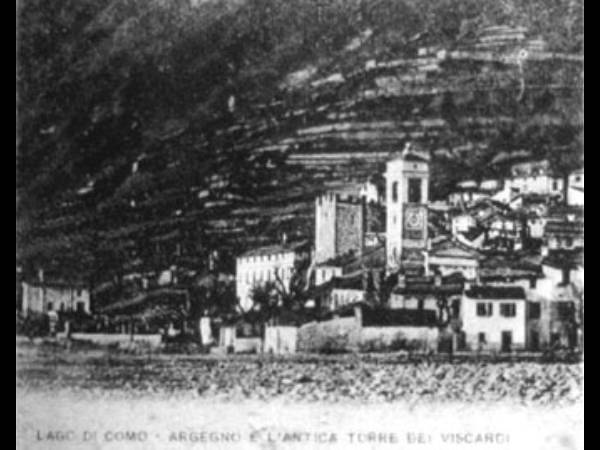

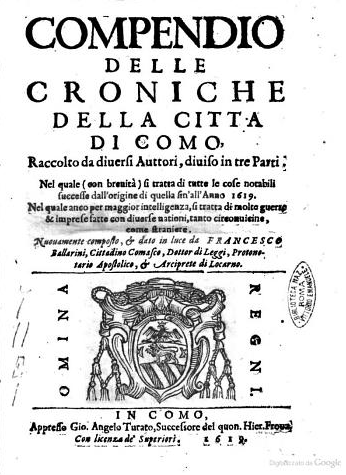
In the Middle Age there were erected two castles. One of these, built in 1270 by followers of the Guelfi Vittani Antonio Castle was a stronghold in bloody battles against the Ghibellines Rusconi. This work is mentioned in the eleventh and twelfth centuries of civil wars in “Chronica Comensi” and Como. The fort was part of a defensive line and it was connected with those of Sala Comacina, Lezzeno and Nessus. The other castle tower, called the Viscardi (noble family of the time) was erected down town and the tower, that was the last witness of the building, collapsed in 1876. The lower part is currently used as a dwelling.

The Parish of Holy Trinity dated from the early twentieth century and was consacrated in 1929.It is a building in neo Romanesque facade enriched by a glass canopy with figures of saints, porch, round apse and bell tower. Three kilometers from Argegno, on the road that climbs to Schignano, the Sanctuary of St. Anne, but in fact dedicated to Our Lady of Gelpio. The Sanctuary is the largest structure in the village was constructed in the seventeenth centuries, and contains stucco work from later centuries. It is believed that the construction of the church was originated by a vote by the population in time scales. Before there was a chapel dedicated to the Virgin. Following the chapel was built around the church increased in various times and finished before 1600.The Church of St. Sisinio, just outside the village on the road to San Fedele Intelvi, until the year 1632 was the matrix of the old Holy Trinity Church. It has Roman origin, rebuilt in 600 and completed in 700.The church has a historical importance as the seat of revolutionary insurrection spelled Valley Intelvi against the Austrians in 1848.It is well worth a short walk to the alley where a big mill was built around 1600 "Roggia Molinara". This canal was an ingenious system of water canals of the Cloth to provide hydraulic power to the 4 mills used to grind wheat, corn and chestnuts from the woods of Valle d'Intelvi.These factories run along the last stretch of the river are worthy curtain frame of the splendid Romanesque arched bridge, a very important structure of old Regina street (Queen Teodolinda Road).
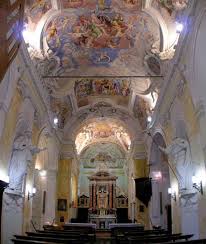


On the western shore of Lake Como, named "Larius" by Julius Caesar, in the charming scenerio already told by the Latin poets Plinius the Elder and Plinius the Younger, such as in Alessandro Manzoni main historic novel and inspiration font for poets and artists from all over the world. Argegno is crossed by the Telo stream and is divided into two parts, which are joined by an old stone bridge with a lancet arch. Locanda Posta, an old Post Office (in italian Post Office= "Posta") built in 1817 is located just away to the stone bridge.
The Locanda (in english "Inn") has been completely renovated with the highest quality construction in 2011 so now and you can enjoy 5 beautiful apartments arranged over 3 floors and equipped with all comforts, all of them with stunning lake view!
In the same building you also can taste traditional local dishes at the Restaurant "La P'Osteria" which is run by the same Locanda Posta's owners and highly recommended by customers.
Inside you will find some details that characterize the original, as the front door and the old water well.
In the same building you also can taste traditional local dishes at the Restaurant "La P'Osteria" which is run by the same Locanda Posta's owners and highly recommended by customers.
Inside you will find some details that characterize the original, as the front door and the old water well.
